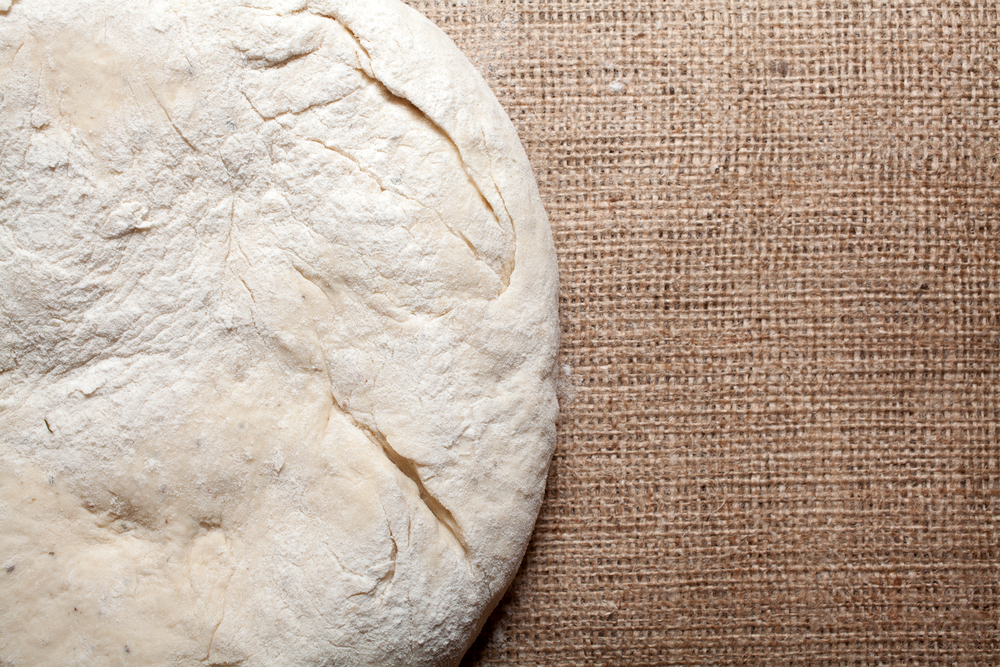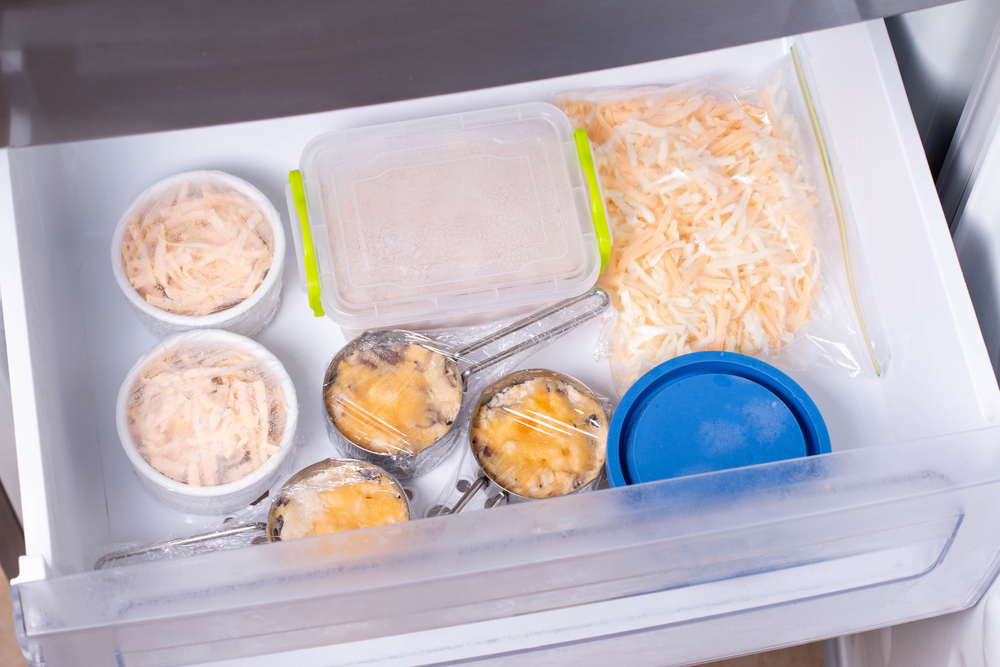When you find shredded cheese on sale it can be advantageous to stock up while you can. Shredded cheese contains ingredients that keep it from clumping, which also make it easy to freeze.
After you’ve frozen your cheese, what is the best way to thaw it? The answer may be more simple than you might think. The texture and ingredients of cheese make it easy to simply set in the fridge overnight to thaw or leave out at room temperature for about 20 minutes to defrost.
Defrosting shredded cheese is certainly much easier and faster in this form compared to thawing an entire cheese block. So, if you find a great sale on cheese, just make sure to buy plenty of shredded varieties to replenish your freezer stash.

Do I Have To Thaw Shredded Cheese?
Unlike other uncooked food items that must be thawed before use, you can use shredded cheese straight from the freezer if you want. If you need a small amount, you can just break it off if the cheese has frozen together. Yet, when you need a bit more, simply shake out that amount.
Sometimes, using cheese straight from the freezer may be optimal. Defrosting cheese can cause it to become moist and soggy if it isn’t used quickly enough.
As the cheese warms, its ingredients begin to break down a bit. So, it can be a better idea to use cheese straight from the freezer, especially if you plan on baking with it.
Is There A Certain Type Of Cheese I Shouldn’t Freeze and Thaw?
With so many varieties of cheese available at your local market, you have wide access to virtually any type you could want. So, are there certain types of cheese that don’t freeze well?
The main concern with frozen cheese that is later thawed is that it can affect the cheese’s texture. Cheese with intense aromas that are delicate and soft should never be frozen.
This is mainly because freezing these types of cheese can affect their taste. Cheese varieties that fall into this category include:

- Camembert
- Brie
- Mozzarella Balls
- Feta Cheese
Other types of cheese have textures that simply don’t lend themselves well to freezing. These types of cheese include:
- Cottage Cheese
- Ricotta
- Cream Cheese
As you may note, many of these cheeses that don’t freeze well aren’t available in shredded varieties. That is because hard or semi-hard cheese tends to fare better against cheese graters and bagged storage.
Therefore, nearly every type of shredded cheese you will find in your local market can be frozen and thawed with ease.

What Are The Downfalls Of Using Thawed Cheese In Recipes?
Despite the versatility of frozen and thawed shredded cheese, there are a few disadvantages the freezing process gives to shredded cheese once it is thawed. Thawing frozen shredded cheese can:
- Affect its quality and texture.
- Cause it to dry out and become crumbly.
- Become less meltable.
- Prevent additional ripening.
Most of these disadvantages can’t be avoided, but you can temper your cheese as it thaws to allow it to ripen a bit more. This is done by thawing your cheese in the fridge for a bit before removing it to completely thaw.
Easy Thawing of Shredded Cheese
In a fast-paced world, we like things to be quick and easy. This goes for dinner, too. By being able to freeze and thaw shredded cheese, you can save money and have access to quality cheese whenever you need it.
Although thawed shredded cheese does have a few cons, for the most part, it is economical, versatile, and tasty.







